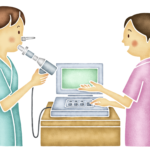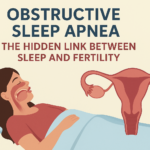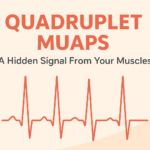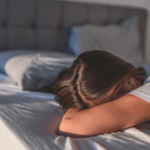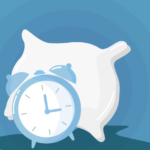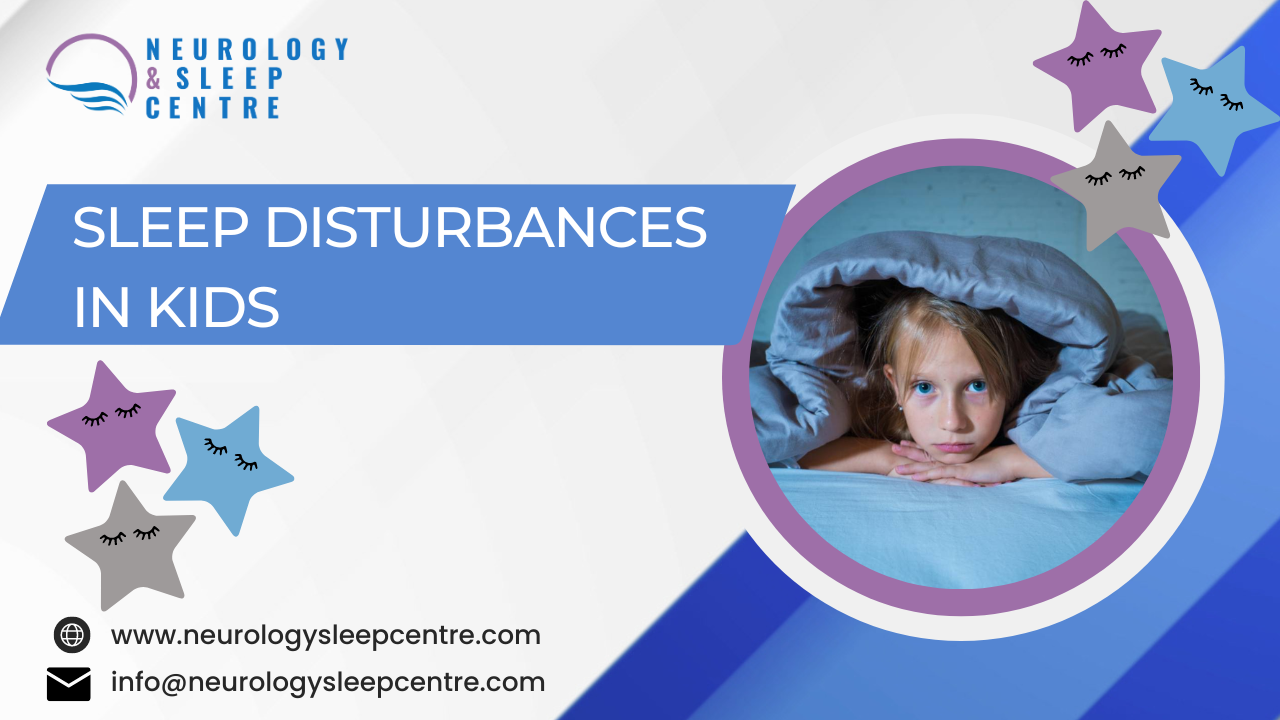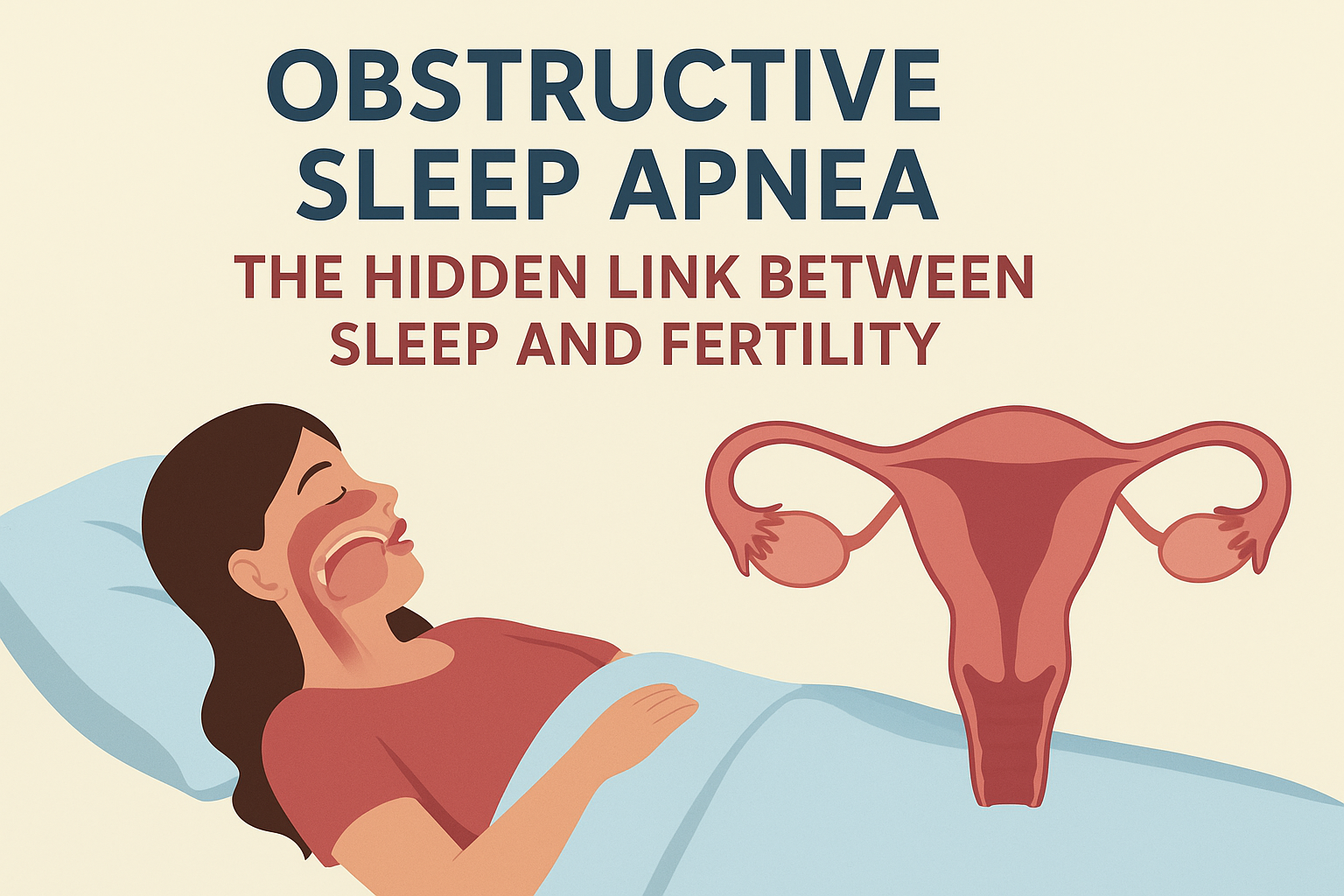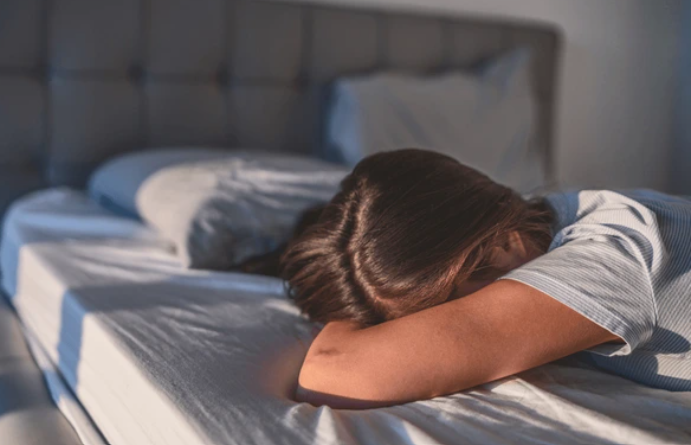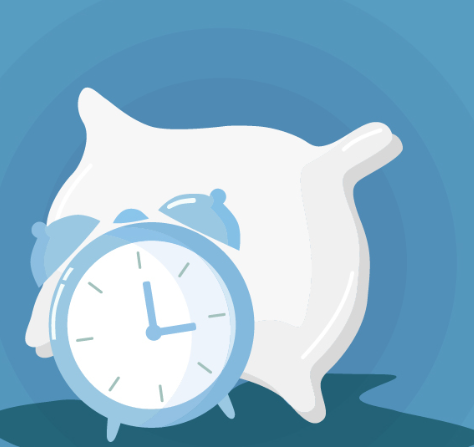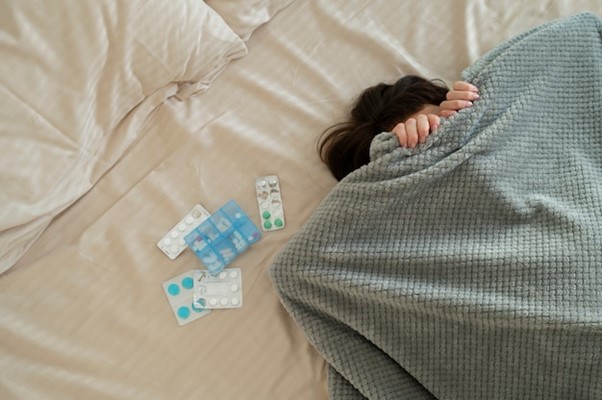
Parasomnia is a term that encompasses unusual and abnormal behaviours before falling asleep while sleeping and during the phase between sleep and being wide awake. The behaviours include sleep paralysis, sleepwalking and night terrors. Experts suggest that these behaviours occur while transitioning in and out of sleep, REM and NREM sleep stages.
Why does parasomnia occur?
Human sleep has 3 main stages. The transition from one state to another is not very quick. Various neural centres have to go through various transitions before one state completely manifests. A combination of these states causes instability which then gives rise to abnormal behaviours resulting in parasomnia.
However, there are many factors that can contribute towards parasomnia. These include family history, some medications and some sleep disorders.
Types of Parasomnia:
There are majorly 3 types of parasomnia. These include:
NREM related:
These are commonly known as disorders of arousal. In this type of parasomnia, the person experiences confusional arousal(the individual sits up from in between sleep and looks around but does not leave the bed), sleepwalking, night terrors etc. Many show certain sexual behaviour during sleep. Some also suffer from sleep-related eating disorders which manifest as excessive eating just after waking up from sleep.
REM related:
Sleep paralysis (brief inability to move while waking up or falling asleep), nightmare disorder(recurrent, vivid nightmares leaving a person distressed and anxious) and REM Sleep Behaviour Disorder(RSBD – while sleeping, an individual makes an attempt to act out a dream) are a few characteristics of REM related parasomnia.
Others:
This is for those behaviours that are not specific to a particular stage of sleep. It can occur at any stage be it while falling asleep, wakefulness, NREM or REM sleep. The behaviours generally exhibited are, exploding head syndrome (people experience a loud sound or an explosive sensation in the head when they wake up), sleep-related hallucinations and bed wetting.
Parasomnia is more common in children than in adults. Sleep deprivation, restless leg syndrome and other sleep disorders are the main triggers behind it. Most of the time it occurs occasionally and there is actually nothing to worry about. But, if it occurs very frequently, then it is time to consult a physician.
The following are the different types of parasomnia in children:
Nightmares:
These are very scary dreams that are extremely vivid. Children find it very difficult to fall asleep after they wake up from one. These might begin as early as 18 months of age and mostly are not very severe. These occur during REM sleep. If at all there is a psychological reason behind the nightmares, it is best to go for cognitive therapy and relaxation training.
Sleepwalking (Somnambulism):
In this, the child might wake up and It generally occurs in children between the ages of 5 and 12. It is more common in boys and fades away by adolescence. It is best to wake up your child when he is sleepwalking.
Sleep Talking (somniloquy):
In this case, your child will talk during sleep. This also affects boys more than girls and usually goes away by the early teens.
Sleep Terrors:
This is probably the most frightening form of parasomnia. Children affected by this sweat, scream and sweat during sleep. It happens during non-REM sleep. When a child wakes up from sleep terror, he is not able to remember why he is afraid. However, this is very rare.
Parasomnia generally is quite common in children and there is nothing much to worry about. However, if a child grinds teeth suddenly wake up scared or confused or performs complex activities during sleep, it is best to get diagnosed and treated for parasomnia. For the diagnosis of parasomnia, the doctor might first go for a physical examination to rule out other diseases behind the manifestation of parasomnia. A psychological examination is also a must to get to the root cause of it. Along with this, a sleep study gives the most accurate results.
Parasomnia generally does not need treatment. It goes away as your child approaches his teenage. It is best to manage it during those years as in most of the types of parasomnias, interventions work the best instead of treatment. Waking up your child in case of sleepwalking and talking is the best way out and is not at all harmful for your child. However, it must be kept in mind that it is important to address all the forms of parasomnia as if not addressed, can lead to serious injuries, disrupted sleep and other health complications in the near future.

